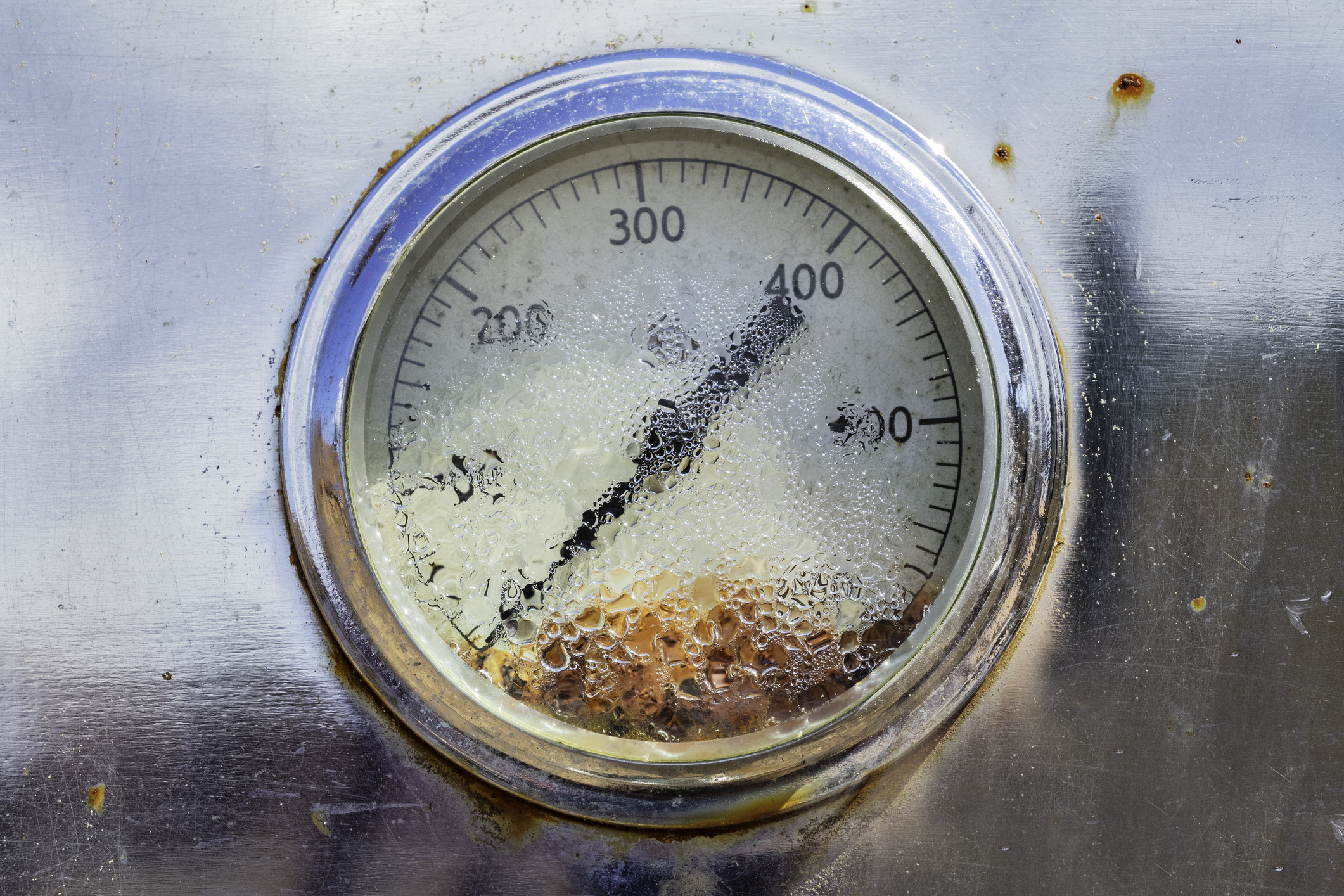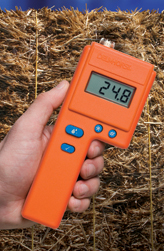Moisture Meter History: The Development of This Essential Tool

Product quality evolves over time as tools and techniques improve. This reality is definitely true when it comes to moisture meters for industrial use. Moisture in all of its forms can cause significant damage to process, goods, and production machinery, so maintaining control over it is often the best way to ensure the optimal quality of the end product. The moisture detection tools designed by Delmhorst Instrument Co. have facilitated the development and manufacture of thousands of goods, commodities, and products over the years, contributing significantly to several notable industries' evolutions.
In this article, we look back at the history of these mission-critical devices and how their early beginnings laid the foundation for the sophisticated digital devices you're using today.
TRACKING MOISTURE
Moisture control and management are the keys to quality. Uncontrolled moisture causes problems in many industries, especially those that involve organic materials like wood and many building materials, paper, and agricultural commodities. Too much or too little moisture causes project and product failure. Warp, splits, and cracks are not something anyone wants to see in a beautiful wood floor or furniture piece. Mold, rot, and loss of nutrient-filled leaves certainly are not friends of the hay producer.
Paper is ‘hygroscopic,’ which means it will absorb and lose moisture depending on humidity fluctuations in its environment. Generally, paper products will retain their usable stability in a 45-50% relative humidity (RH) zone at a 72°F temperature. To ensure this product stability, raw paper stock is produced with an 'absolute moisture content' between 4 and 6% of the material's total weight. And the paper remains stable while encased in its protective shipping wrapping. Accordingly, for decades, industrialists have studied moisture content (MC) in conjunction with ambient humidity to gain control over moisture levels in their product development and manufacturing processes. Early researchers determined that passing an electrical current through the material would generate an MC value for that substance at that moment. Further experimentation revealed that the results of each assessment were also affected by the electrical frequency, the material's density, the temperature of both the substance and the environment in which it was sitting, and the relative volume of moisture present in the component itself. Once these standards were established, scientists could innovate devices capable of taking accurate MC measurements for a whole host of materials in use by industrial sectors.
REPORTING MOISTURE
While the original science still remains at the heart of the process, the methods used to track and identify MC have evolved over the past several decades.
The first versions of commercially available meters used blinking lights to convey the presence of moisture within a substance. Early adopters of wood moisture meters would set a 1920s version of this device to a specific moisture content standard, which was represented by the flashing of a single bulb. They would then insert two electrode contact pins into the wood. Wetter wood caused the second bulb to flash faster than the standard, while dryer lumber caused the second bulb to blink more slowly. Users then 'dialed' the measurement of the second bulb till it matched the blinking pace of the first, and from that, they could establish the relative MC of the material.
By the early 1940s, industries had developed two more accurate measuring tools:
- The 'conductance' meter uses pins to measure the resistance of the wood to the electrical current. Excess water reduces resistance, while dryer wood presents more resistance. Early versions of these devices utilized four pins, while today's instruments use only two.
- The 'capacitance' meter is pinless, and instead uses an electromagnetic wave to track moisture levels.
Both device styles have their merits:
Capacitance meters are easy to use; simply place them on the surface of the material to be measured. They are helpful when surveying large areas to gain an idea of moisture presence and its extent. However, these devices don't provide as accurate an MC reading as that presented by a pin-type meter.
Applying a pin meter to a material requires making small holes through its surface, which, most of the time, are irrelevant to the product's ultimate use. It will provide a more accurate MC reading, however, not just at the surface of the material but all the way through it.
Standards for ease of use have also been upgraded over the past few decades. The first iteration of the moisture meter was a heavy, large metal contraption, sometimes weighing as much as ten pounds. Its wires and awkward size and shape made it less than convenient to use, despite its value as an industrial machine.
Over time, the devices have slimmed down in both size and weight and are now simple hand-held tools for easy use in the field. Additionally, previous versions were driven by traditional electrical systems of the time, including wires, tubes and transistors, etc. Today's versions of this equipment are, instead, driven by microprocessors that facilitate easy-to-read digital displays and a previously unheard-of data storage and sharing capacity. Today's users have much more control over their apparatus than they did with earlier versions, as well as greater service capacity.
DELMHORST: AN INDUSTRY INNOVATOR
In 1946, New York City purchased Bill Delmhorst's original version of his proprietary moisture meter to control the rising incidences of roof leaks and subsequent mold risks in city apartments. That purchase was the launch of the Delmhorst Instrument Co., which has since grown into an international enterprise spanning more than 100 countries and 22 industries. Around the world, building envelope techs, farmers, manufacturers, and suppliers reach for their Delmhorst moisture meters to track and record moisture content in materials in the restoration, agricultural, lumber, paper, and flooring industries. The devices ensure that end products delivered to consumers won't fail due to moisture anomalies and buyers and sellers transact with full confidence of quality.
As it celebrates its 77th year in business, Delmhorst is equally proud of its innovative EDGE™App, which brings 21st-century technology to this early 20th century invention. The EDGE™App collects, stores, and exports MC data and then transmits it through Bluetooth technology to user spreadsheets in whichever language they prefer. Its user-friendly design facilitates easy customization so you can perform whatever tasks are needed for your application.
Now widely respected as a premiere manufacturer of moisture meters, Delmhorst proudly assembles its devices in the United States and maintains an industry-leading warranty on every one. For more information, reach out to your Delmhorst representative today. And don't leave this page! In our next post, we'll discuss how technical innovations have enhanced the features of these invaluable industrial devices.
Subscribe to Our Blog
Post Related

4 Reasons to Use a Digital Moisture Meter

